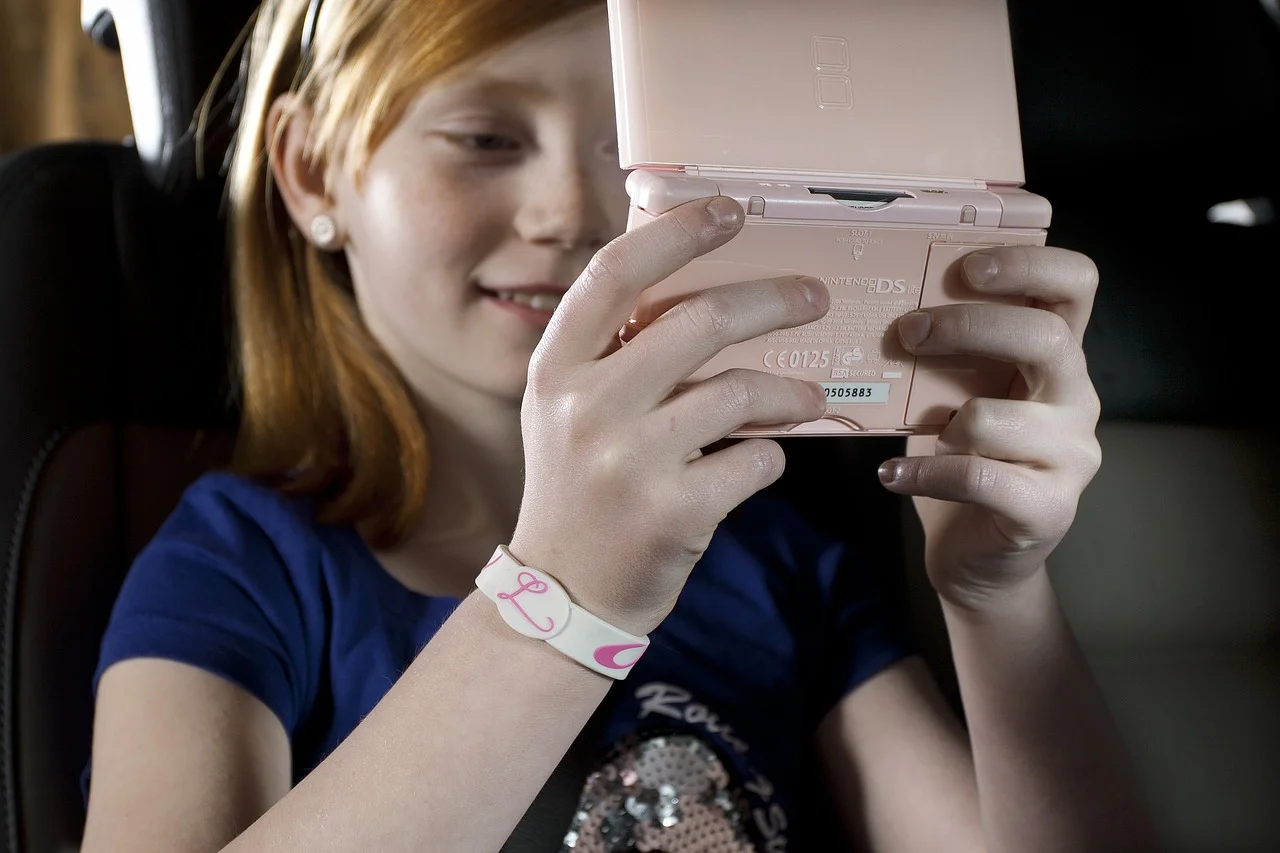
Pink eye is a very common eye condition, especially in children. It is usually caused by a viral or bacterial infection but can also be caused by allergies or irritants. Pink eye is highly contagious and can spread quickly through schools and daycare centers. Pink Eye Early diagnosis and treatment is important to help prevent the spread of pink eye.
Here’s what you need to know about pink eye in kids.
5 Signs Your Child Has Pink Eye
If your child has any of the following symptoms, they may have pink eye:
- Red, watery eyes
- Itchy eyes
- Crusty eyelashes (especially in the morning)
- Sensitivity to light
- Swollen lymph nodes near the ear
There are three main types of pink eye:
- Viral
- Bacterial
- Allergic
Viral pink eye is caused by a virus—usually, the same virus that causes a cold or the flu—and is highly contagious. Bacterial pink eye is also contagious and is caused by bacteria such as streptococcus or staphylococcus. Allergic pink eye happens when the conjunctiva becomes inflamed because of an allergic reaction to something like pollen, dander, or dust. This type of pink eye is not contagious.
How Is Pink Eye Treated?
Most types of pink eye will go away on their own within a week or two without treatment. There are some things you can do to help ease your child’s symptoms in the meantime.
These include:
- Over-the-counter artificial tears to lubricate the eyes
- Apply warm or cold compresses to reduce swelling
- Avoid irritants like smoke and chlorine
Bacterial pink eye requires antibiotics to clear up and should be treated as soon as possible to prevent complications such as permanent vision loss. Your doctor will prescribe antibiotic drops or ointment to be used for several days until the infection clears up. It’s important to finish all the medicine even if your child’s symptoms improve before then; otherwise, the infection could come back.
Viral and allergic pink eye rarely require medication and will go away on its own within a few days to weeks. However, if your child has severe symptoms or if they last over two weeks, call your doctor.
Preventing Pink Eye
The best way to prevent viral and bacterial pink eye is good hygiene habits.
- Wash your hands regularly with soap and water
- Avoid touching your eyes
- Don’t share towels
- Dispose of contact lenses properly after each use (if applicable)
There are a few things you can do to prevent allergic pink eye.
- Stay indoors on days when pollen counts are high
- Use air conditioning in your home and car
- Shower after being outdoors
- Keep pets out of bedrooms
Trust Us With All Your Vision Needs
If your child comes home from school with red eyes, it could be conjunctivitis—more commonly known as “pink eye.” Although it can be worrisome for parents when their child falls ill, most types of pink eye are fairly mild and will clear up on their own within a week or two without treatment.
Trust the experts at Youth Dental and Vision for all your child’s vision needs. We provide comprehensive eye exams, contact lens fittings, glasses fittings, and more. Schedule an appointment today by calling (303) 953-8801 or completing the online booking form.
